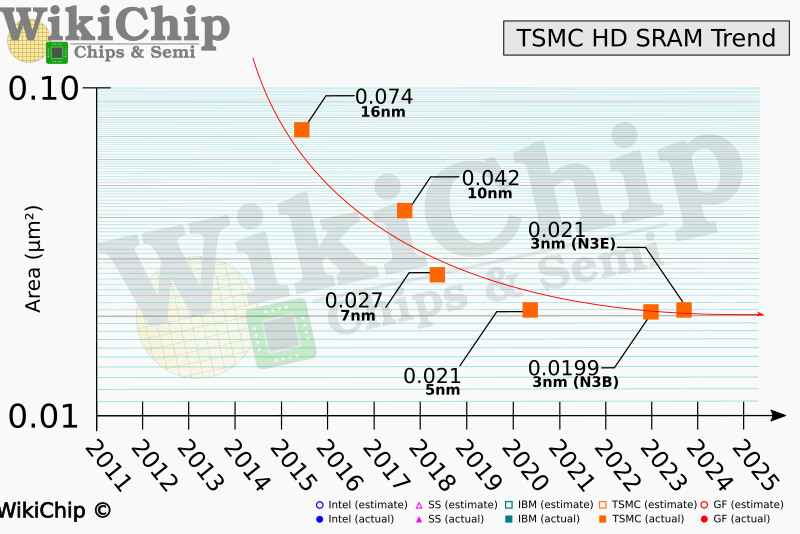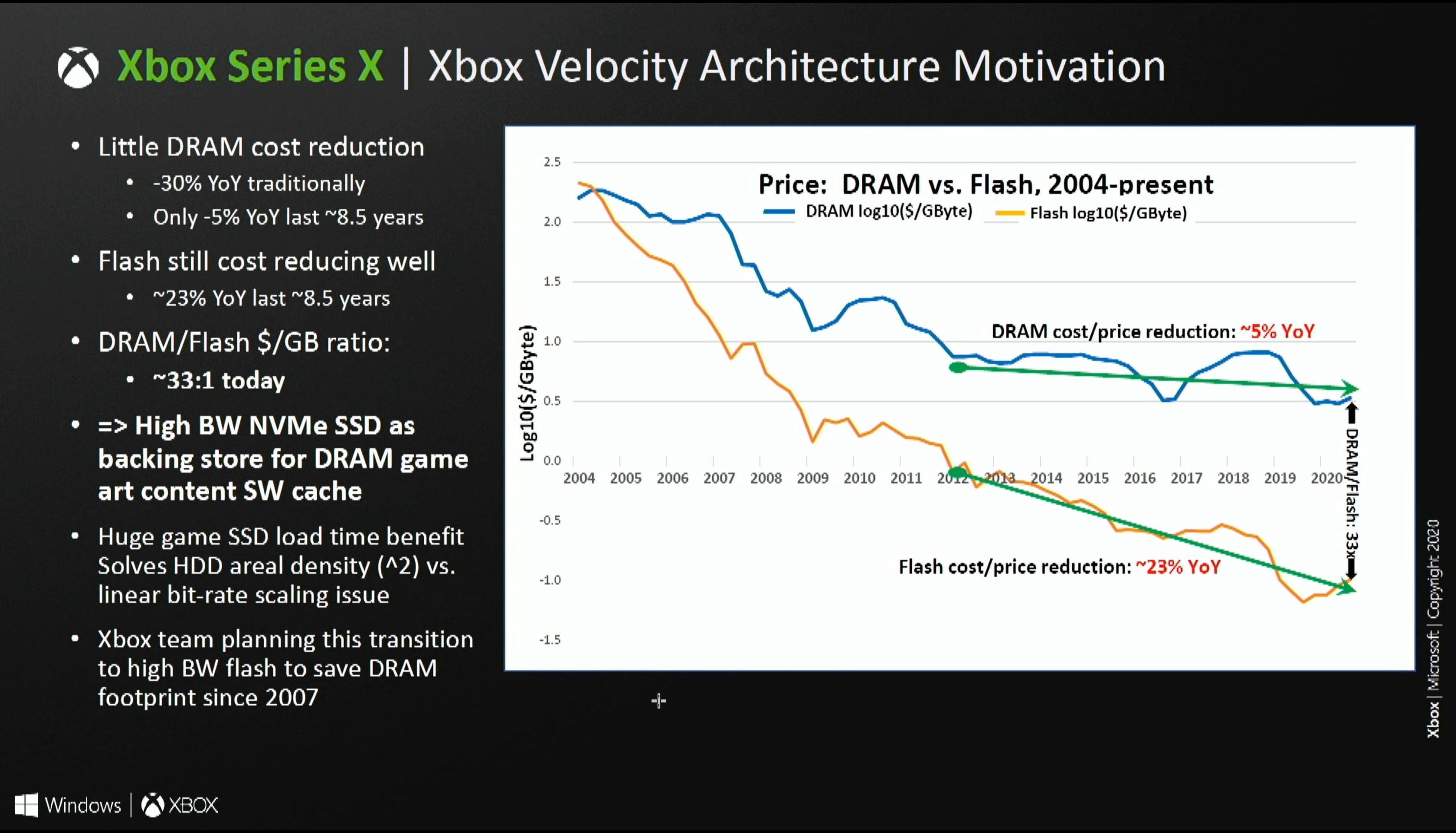D
Deleted member 11852
Guest
Moving to ARM will not be a magic bullet in terms of power cwnutmpin if you expect the next Xbox to run all of the x64 games already released, whilst most CPUs having instructions designed to making emulating other architectures more efficient, an ARM chip that is capable of emulating 16 x64 threads for games running on Xbox Series is a big, big ask.The rumor of Arm next xbox may be a hint that a handheld console like Switch may release.




